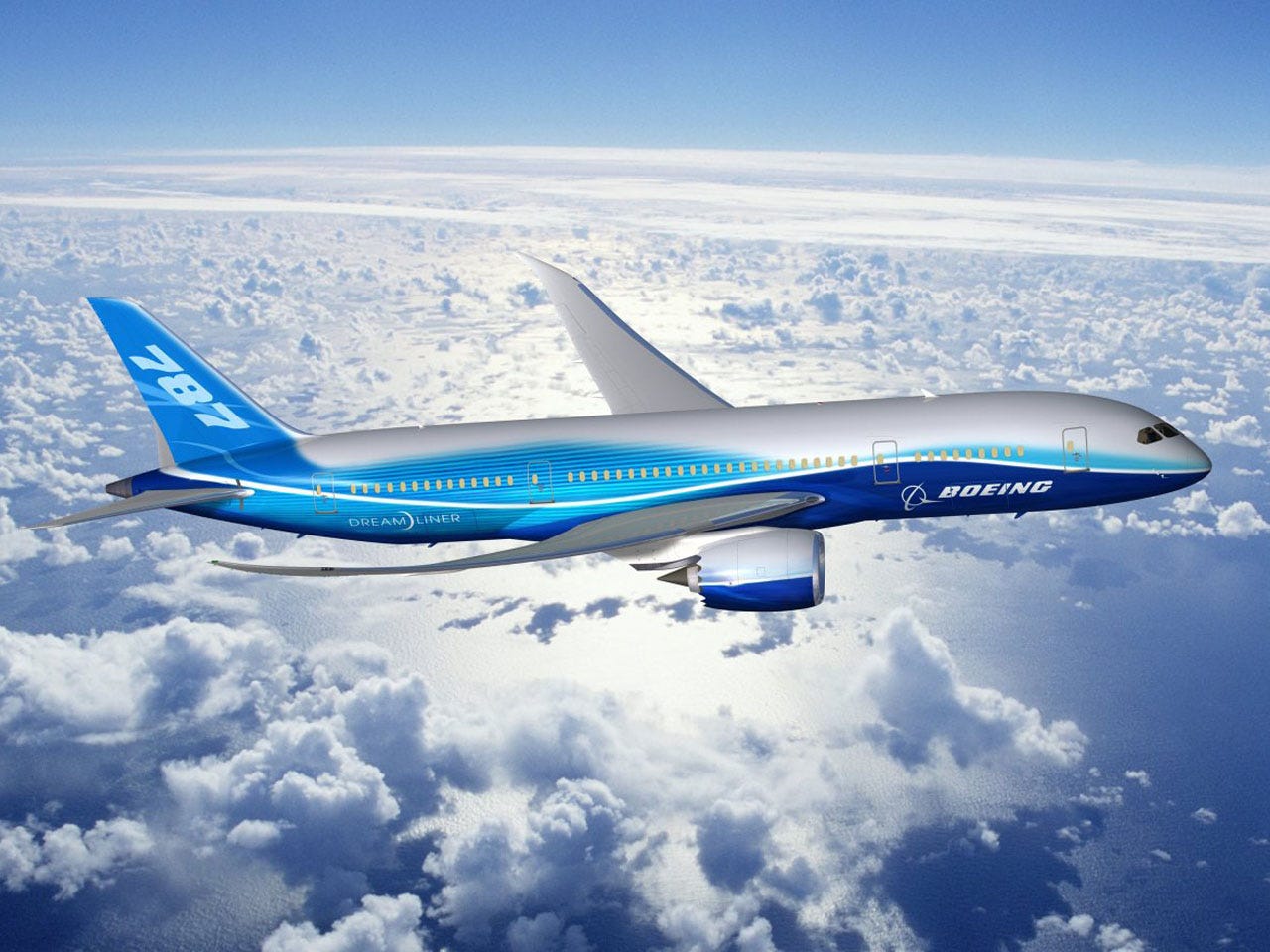Microsoft and Boeing set a course for the Azure Cloud


Boeing 787 Dreamliner
Last month, in a keynote at the Microsoft Worldwide Partner Conference (WPC), Microsoft demonstrated on stage how Japan Airlines is using HoloLens to improve the technician training experience, bringing jet engines to life in 3D, hologram-based augmented reality. Neat stuff.
But a week after WPC, Microsoft announced that it and Boeing are partnering around Azure and data. I wanted to know more about that. Given that commercial airplanes are described by some as "flying data centers" and considering the number of inefficiencies that exist in commercial air travel today (just ask anyone who flies more than once a year), the potential for analytics in commercial aviation seems immense, and so do the potential benefits.
Talking to both companies
I asked Microsoft if I could learn more and the company was kind enough to set me up to speak with Andrew Gendreau, the director of advanced information solutions in Boeing's Digital Aviation division, and Greg Jones, Microsoft's global industry director for travel & hospitality.
Although we only had a short time to speak, I found out a lot. For one thing, Microsoft and Boeing already had a partnership in place and have already worked together using Microsoft's application development stack, especially its tools for mobile applications. One output of that collaboration: tablet-based Electronic Flight Bag software that replaces paper-based flight bags, containing books and documents, often weighing as much as 40 lbs!
Predictive Examples
Under the existing partnership, things like Maintenance Optimization, Crew Planning, and Crew Training were already being addressed. Fuel optimization was in motion as well, and it's fascinating. By observing fuel usage over all of its flights, an airline can build predictive models which predict fuel usage needs over time.
These models can account for the idiosyncrasies of certain routes (and their typical air traffic delays), seasonal anomalies, equipment, passenger load, and so forth. These models can then be used to drive policy, performance targets, financial aspects of fuel procurement (potentially including hedging strategies), and the necessary change management to make all of these procedures and systems work better.
All in
But now the two companies are moving beyond these specific initiatives, with an eye towards a thorough re-platforming that would build and host all efficiency applications on Azure. The scope of this is huge, and it benefits not just the airlines, but passengers too.
Have you been on a flight that seemed to be running on-time only to encounter a maintenance issue at the last minute? Ever waited for the part and the technician to arrive and fix the problem or, worse yet, have to deplane and switch aircraft? When such things happen, it infuriates passengers. It's also expensive and disruptive to the airline -- the delays are costly and the impact on flight crews' morale and performance is non-trivial.
Multiple contingencies, in model form
The good news is that predictive models can help here, in many ways. Predictive maintenance can avoid operational maintenance incidents overall. And where they can't do that for specific aircraft, they can still assist greatly in making sure the right parts and personnel are on-call, in the locations where such issues are most likely.
This overall discipline is called (I kid you not) "disruption management" and encompasses things such as schedule execution, equipment utilization optimization, and performance of crew. Another important component of this work is determining the optimal set of actions required to mitigate outages and equipment failures. These outages include not just the aircraft and its navigational components but hardware and services in support of the customer journey, including things like climate control, overhead lights, and the in-flight video system.
All together
Of course, all of these services are delivered by the airlines (or "operators") and not Boeing, per se. But in addition to manufacturing aircraft, Boeing offers management systems for these operational needs to its airline customers.
As Microsoft builds out its data cloud with services like Azure Machine Learning, HDInsight (with Spark and R), Azure IoT Suite, and Power BI, Boeing thinks it's got a full-on platform on which it can standardize. Microsoft is a database company, an enterprise software company, and a cloud computing company. It seems that combination is exactly what a company like Boeing needs as it establishes such a wide-ranging partnership.